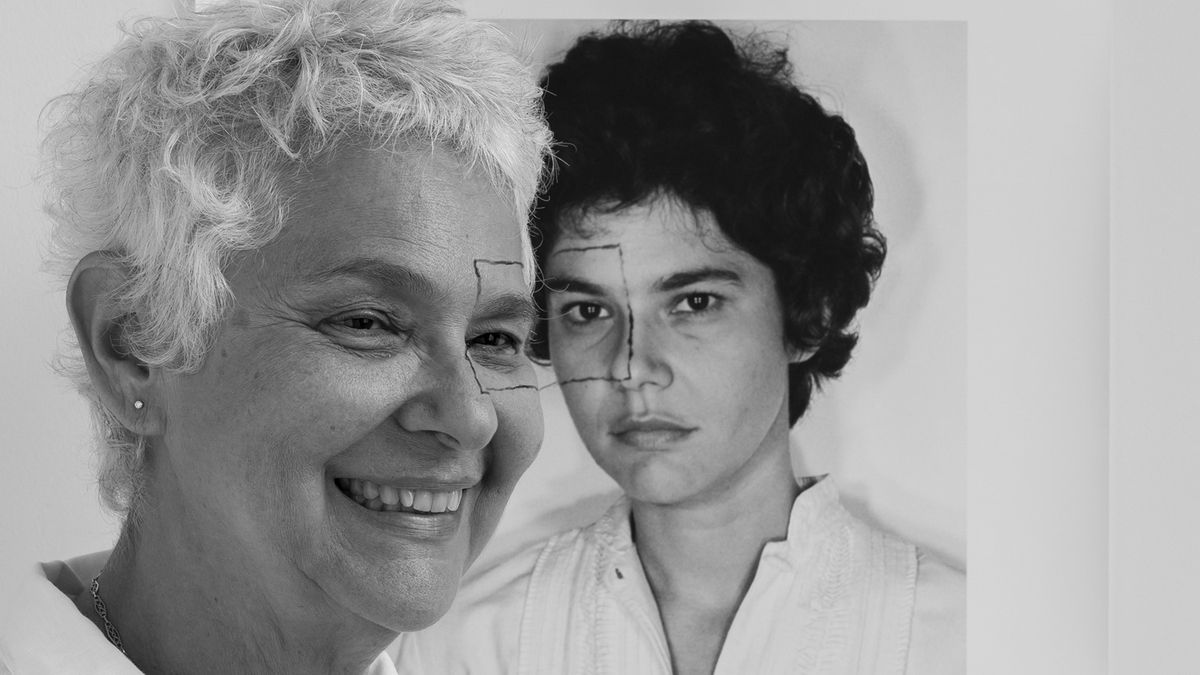The Argentine artist Liliana Porter (1941) presents “Crossing”exhibition that emphasizes graphic production and the conceptual aspects of his work, cured by Agustín Pérez Rubio. Based since the 60s in New York, Porter He returns just when ten years have passed since the malba showed “Man with the ax and other short situations”. A moving tragedy played by small characters, dolls and various objects discovered in flea markets, antique houses and souvenirs and chosen by their communication power.
However, the current sample is complex, addresses issues such as memory and time. “Crossing” He moves away from the narrative forcefulness and theatricality of man with the ax that breaks everything in his path and, when he reached the Biennial of Venice, as criticism defined, it reflects a world that needs to be narrated again and that, “that’s why Porter I break it, disorder it, even assaults it… ”
From the double portrait of the banner that crosses the entrance wall to the malba, representative of a “Crossing” 40 years old, the artist expresses with sensitivity, but also with humor, her ideas about the inappropriate mystery of existence. There, in a photo taken in 1973 is the beautiful and youthful face of Porter. She then overcame a drawing, a rectangle that begins by surrounding her eye and continues on the wall.
This strange detour from the line that passes from the face to the wall, surprises the viewer. It is a small detail, but you have to pay attention. The face and wall are two very different supports, but equivalent to this drawing. In this way, while still being an excellent recorder, Porter He became a conceptual artist. In 2013, ahead of that youthful face, he added a photo with his updated features and white hair. Photography thus becomes a reflection on time. And the drawing of that rectangle that ended on the wall, now continues on the new portrait and encloses the left eye. It is just a line, but there are the past and the present, the confrontation of different times. Yesterday and today of the new photo pose the philosophical dilemma on distance and closeness. “A small distance is no longer close. A great distance, it is not yet a distance,” he said Martin Heidegger.
Upon entering the exhibition, the viewer who observed the photo of the banner, intuits that in the journey of the exhibition the artist will induce him to confront existential doubts about his own journey and that of humanity.
In 1964, Porter met Luis Camnitzer already José Guillermo Castillotogether they founded the New York Graphic Workshop. Apparently, among them the level of self -criticism was “fierce.” And so, without concessions, they concluded that the engraving was “too locked in the technique, forgetting the ideas or new proposals.” At the beginning of this trajectory, the production that exhibits the sample is framed within the parameters of political art, such as the portraits of Gandhi. Then, an abrupt change ensues.
The ideas of Porter They print an unmistakable identity to their works. The conceptual games loaded with sophistication and irony arrived at MoMA and consolidated their international fame. Valued by hierarchizing the graph, Porter, Camnitzer and Castle They taught in New York. Shortly after they created a summer workshop in Italy. And the Malba sample is simultaneous to that of the National Museum of Fine Arts cured by the researcher Silvia Dolinkowhich puts the focus on that period (1964-1970) and tells the story of that genuine revolution.
Upon entering the Malba rooms is “Wrinkle” (1967-68), work that provides visibility to the spontaneity of the gesture: wrinkle a paper and throw it a bun. The contemplation of a wall wallpaper with engravings next to the deployment of wrinkled papers on the floor, raises ambiguous sensations. To start, you think about discarding. Then, several “wrinkles” rescued from the destruction destination and neatly framed, talk about the difficult path of art. Road that, collated with that of life, reiterates until the end of the tour.
From Buenos Aires to New York and Borges to Emerson, Porter discover that “small and humble objects serve as much as the great symbols …”, according to Emerson, “We are far from having exhausted the meaning of the few symbols we use.”
With the multiplicity of techniques such as photography, drawing and painting; facilities, videos and performances, Porterlinked to cinema for the inheritance of his filmmaker and literature for his family and, above all, by his own vocation, enjoy telling stories. To tell them, he brought from New York a cast of characters that interpret them. There is the little man who has painted blue the excessive surface of a wall and performs a task that exceeds his forces. And little, the chin with her Escobillon faces the immense tide of broken plates ahead. The amount long exceeds its capacity.
It is as excessive as the wool that intersect in the room and exceed the work possibilities of the tiny weaver. No one escapes the attempt to interpret these phenomena of scale, the reason for being of forced labor is offered to understanding. “I am interested in the simultaneity of humor and affliction, the banal and the possibility of meaning”confirms Porter. And reconciled with these disenchanted feelings, the viewer leaves the museum with a smile.
Source: Ambito
I am an author and journalist who has worked in the entertainment industry for over a decade. I currently work as a news editor at a major news website, and my focus is on covering the latest trends in entertainment. I also write occasional pieces for other outlets, and have authored two books about the entertainment industry.




